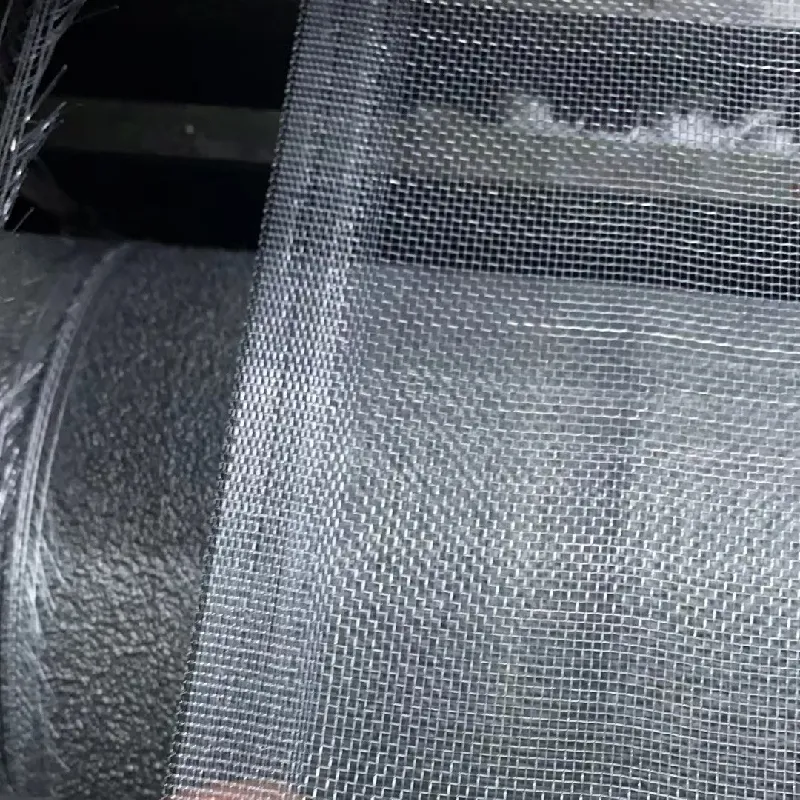-
 Afrikaans
Afrikaans -
 Albanian
Albanian -
 Amharic
Amharic -
 Arabic
Arabic -
 Armenian
Armenian -
 Azerbaijani
Azerbaijani -
 Basque
Basque -
 Belarusian
Belarusian -
 Bengali
Bengali -
 Bosnian
Bosnian -
 Bulgarian
Bulgarian -
 Catalan
Catalan -
 Cebuano
Cebuano -
 China
China -
 Corsican
Corsican -
 Croatian
Croatian -
 Czech
Czech -
 Danish
Danish -
 Dutch
Dutch -
 English
English -
 Esperanto
Esperanto -
 Estonian
Estonian -
 Finnish
Finnish -
 French
French -
 Frisian
Frisian -
 Galician
Galician -
 Georgian
Georgian -
 German
German -
 Greek
Greek -
 Gujarati
Gujarati -
 Haitian Creole
Haitian Creole -
 hausa
hausa -
 hawaiian
hawaiian -
 Hebrew
Hebrew -
 Hindi
Hindi -
 Miao
Miao -
 Hungarian
Hungarian -
 Icelandic
Icelandic -
 igbo
igbo -
 Indonesian
Indonesian -
 irish
irish -
 Italian
Italian -
 Japanese
Japanese -
 Javanese
Javanese -
 Kannada
Kannada -
 kazakh
kazakh -
 Khmer
Khmer -
 Rwandese
Rwandese -
 Korean
Korean -
 Kurdish
Kurdish -
 Kyrgyz
Kyrgyz -
 Lao
Lao -
 Latin
Latin -
 Latvian
Latvian -
 Lithuanian
Lithuanian -
 Luxembourgish
Luxembourgish -
 Macedonian
Macedonian -
 Malgashi
Malgashi -
 Malay
Malay -
 Malayalam
Malayalam -
 Maltese
Maltese -
 Maori
Maori -
 Marathi
Marathi -
 Mongolian
Mongolian -
 Myanmar
Myanmar -
 Nepali
Nepali -
 Norwegian
Norwegian -
 Norwegian
Norwegian -
 Occitan
Occitan -
 Pashto
Pashto -
 Persian
Persian -
 Polish
Polish -
 Portuguese
Portuguese -
 Punjabi
Punjabi -
 Romanian
Romanian -
 Russian
Russian -
 Samoan
Samoan -
 Scottish Gaelic
Scottish Gaelic -
 Serbian
Serbian -
 Sesotho
Sesotho -
 Shona
Shona -
 Sindhi
Sindhi -
 Sinhala
Sinhala -
 Slovak
Slovak -
 Slovenian
Slovenian -
 Somali
Somali -
 Spanish
Spanish -
 Sundanese
Sundanese -
 Swahili
Swahili -
 Swedish
Swedish -
 Tagalog
Tagalog -
 Tajik
Tajik -
 Tamil
Tamil -
 Tatar
Tatar -
 Telugu
Telugu -
 Thai
Thai -
 Turkish
Turkish -
 Turkmen
Turkmen -
 Ukrainian
Ukrainian -
 Urdu
Urdu -
 Uighur
Uighur -
 Uzbek
Uzbek -
 Vietnamese
Vietnamese -
 Welsh
Welsh -
 Bantu
Bantu -
 Yiddish
Yiddish -
 Yoruba
Yoruba -
 Zulu
Zulu
The Environmental Impact of LDPE Plastic Bags and Alternatives for Sustainability
The Impact of LDPE Plastic Bags on the Environment
In our rapidly evolving world, plastic bags have become a quintessential item in our daily lives, facilitating convenience and ease of transport. Among these, Low-Density Polyethylene (LDPE) plastic bags are widely used for their lightweight and durable characteristics. However, their ubiquitous presence also raises significant environmental concerns that we must address.
What are LDPE Plastic Bags?
Low-Density Polyethylene (LDPE) is a type of plastic that is commonly used in the manufacturing of plastic bags, particularly grocery bags and bread bags. These bags are characterized by their flexibility, resistance to impact, and relative transparency. LDPE is classified as a type 4 plastic, which means it is made from long chains of polyethylene, resulting in a softer and more flexible material compared to other plastics.
Environmental Concerns
Despite their practical benefits, LDPE plastic bags pose a considerable threat to our environment. One of the most alarming issues is their contribution to plastic pollution. LDPE bags are not biodegradable and can take hundreds of years to decompose. This longevity means that once discarded, they remain in landfills or enter ecosystems, causing significant harm to wildlife and natural habitats.
Wildlife, in particular, is at risk from plastic bags. Animals often mistake these bags for food, leading to ingestion that can cause severe internal injuries or suffocation. For instance, sea turtles may confuse plastic bags with jellyfish, which are a staple in their diet. Furthermore, when plastic bags break down, they fragment into microplastics, which can contaminate soil and water systems.
Recycling Challenges
ld plastic bags

While LDPE plastic bags are technically recyclable, the reality is that a large proportion is not. Many curbside recycling programs do not accept plastic bags due to their tendency to clog machinery. As a result, a significant number of these bags end up in landfills or are incinerated, contributing to greenhouse gas emissions. In addition, the recycling process itself can be inefficient, as most facilities are not equipped to handle the soft plastic used in LDPE bags.
Alternatives to LDPE Plastic Bags
In light of the challenges posed by LDPE plastic bags, many communities and individuals are seeking sustainable alternatives. Reusable bags made from cloth, jute, or recycled materials are gaining popularity. These bags can be used multiple times, significantly reducing the overall consumption of plastic. Moreover, some countries have implemented bans on single-use plastic bags, encouraging consumers to make the switch to eco-friendly options.
Businesses are also pivoting towards sustainability by offering biodegradable bags or incentivizing customers to bring their reusable bags. Education plays a crucial role in this transition; raising awareness about the environmental impact of plastic pollution can foster a culture of responsibility among consumers.
Conclusion
As we navigate the complexities of modern life, it is imperative to reconsider our reliance on LDPE plastic bags. While they serve a convenient purpose, the environmental consequences of their use cannot be ignored. By choosing sustainable alternatives and advocating for plastic reduction strategies, we can mitigate the impact of plastic pollution on our planet.
In conclusion, the transition from LDPE plastic bags to more sustainable options requires a collective effort from individuals, businesses, and governments. With responsible choices and innovative solutions, we can protect the environment for future generations while still enjoying the convenience that modern products offer. It's time to rethink our habits and take action for a cleaner, greener world.
-
Shipping Plastic Bags for Every NeedNewsJul.24,2025
-
Safety Netting: Your Shield in ConstructionNewsJul.24,2025
-
Plastic Mesh Netting for Everyday UseNewsJul.24,2025
-
Nylon Netting for Every UseNewsJul.24,2025
-
Mesh Breeder Box for Fish TanksNewsJul.24,2025
-
Expanded Steel Mesh Offers Durable VersatilityNewsJul.24,2025











